Summers in Canton, Georgia can be beautiful—but the heat and humidity that come with them can quickly turn dangerous for our pets. While we’re reaching for the AC remote or a cold drink, dogs and cats are left to rely on less efficient ways to cool themselves. The result? Heatstroke, dehydration, and other heat-related health risks that can sneak up fast.
At Sixes Animal Hospital at BridgeMill, we want to help you enjoy the season with your pet safely. This guide will help you recognize signs of heat stress, avoid common summer hazards, and even add a little fun to those hot days—without risking your pet’s health.
Worried your pet isn’t summer-ready?
Schedule a seasonal wellness exam with us.
Why Pets Overheat So Easily
Dogs and cats don’t sweat the way people do. Instead, they regulate heat by panting and sweating through a few small glands in their paw pads. Add thick fur coats and a naturally higher body temperature, and it’s easy to see why Georgia’s muggy summers can put your pet at risk fast.
And when it’s humid, even panting becomes less effective.
Pets Most at Risk in Hot Weather
Some pets are more vulnerable to heat-related illness than others. Be especially cautious with:
- Flat-faced (brachycephalic) breeds like Bulldogs, Pugs, Boxers, and Persian cats. Their short snouts make breathing harder—especially in heat.
Learn more about brachycephalic heat sensitivity
- Overweight pets who struggle to regulate temperature due to extra insulation.
- Senior pets and those with heart or lung disease, who may already have reduced stamina or compromised circulation.
- Dark-coated pets, who absorb more heat from the sun and overheat faster than their lighter-colored counterparts.
Even young, healthy pets can push themselves too hard. You are your pet’s best advocate—learn their limits and don’t let excitement override safety.
Be Careful With That First Big Adventure
After a long winter of staying in, it’s tempting to kick off summer with a long hike or lake day. But if your pet’s been less active lately, they’re likely out of condition and more vulnerable than you think.
Many heatstroke cases we see happen in early summer—often during that first big walk or run. Consider:
- Soft paw pads from months off pavement can blister or burn quickly.
- Extra weight gained over the winter increases heat retention.
- Excited dogs may not stop on their own—even when overheating.
Start slow. Build endurance gradually. Stick to shady trails or early morning walks, and consider using breathable booties to protect sensitive paws.
How to protect paws on hot surfaces – AAHA
Warning Signs of Heatstroke
Heatstroke is a life-threatening emergency. The key to preventing lasting damage is early recognition and quick response.
Mild heat stress:
- Heavy panting or drooling
- Restlessness or seeking shade
- Fast heart rate
More severe signs:
- Vomiting or diarrhea
- Disorientation, stumbling
- Bright red or very pale gums
- Seizures or collapse
If you see any of these signs:
- Move your pet to a cool area immediately
- Offer cool—not cold—water in small amounts
- Wet their belly, paws, and armpits with cool towels
- Use a fan or air conditioning to aid cooling
- Contact us or an emergency vet right away
Heatstroke symptoms and response – AAHA
What to Watch for After a Heat Event
Even after your pet seems to recover, heatstroke can cause serious complications in the hours or days that follow. It’s not just a matter of cooling off—internal organs can be affected long-term.
Possible post-heatstroke complications:
- Kidney failure from dehydration or poor circulation
- Liver damage, leading to clotting problems
- GI injury that may lead to infection or sepsis
- Neurologic symptoms, such as seizures or personality changes
- Disseminated Intravascular Coagulation (DIC): a clotting disorder that can be fatal if untreated
Every case of suspected heatstroke deserves immediate veterinary attention and follow-up bloodwork to assess organ function.
Other Summer Risks for Pets
Sunburn and Skin Cancer
White or thin-coated pets are vulnerable to sunburn, especially on the nose, ears, and belly. Prolonged exposure may increase risk for squamous cell carcinoma or melanoma—especially in sunbathing pets.
Burned Feet
Pavement, sand, and even patios can burn your pet’s paws within minutes. Test surfaces with your hand, and opt for shaded paths or protective booties.
Pannus
This UV-induced eye condition affects dogs (especially German Shepherds) and can lead to progressive vision loss. Protect sensitive eyes with vet-recommended UV-blocking goggles if your dog is at risk.
Fun and Safe Summer Activities
Who says staying cool has to be boring?
Water Games:
- Kiddie pools in shaded areas
- Sprinklers or misting hoses
- Frozen toys or floating ice cubes in water bowls
- Supervised swimming (if your dog is trained and confident)
Frozen Treats:
Try freezing pet-safe ingredients in Kongs or molds:
- Bone broth
- Plain yogurt
- Unsweetened applesauce
- Soaked kibble
- Canned food
- Blueberries or banana slices
Cooling Accessories:
- Cooling vests and bandanas
- Cooling beds with gel or water cores
- Periodic soaks or sponge baths on hot days
Indoor Enrichment for Hot Days
If it’s just too hot to play outside, bring the fun indoors. Use air conditioning or fans to keep the house comfortable, and encourage your pet to rest on tile or hardwood floors.
Some easy ways to keep them mentally stimulated:
- Puzzle feeders
- Frozen lick mats
- Indoor fetch or tug games
Indoor boredom busters – AAHA
Outdoor Cats Need Protection Too
Cats are great at hiding discomfort, but heat can affect them just as severely. Be proactive:
- Offer multiple shaded spots
- Ensure fresh water is always available
- Watch for signs of dehydration: dry gums, lethargy, reduced grooming
Cool Cats: Summer Safety Tips – AAHA
Final Tips to Keep in Mind
- Never leave pets in a parked car—not even for “just a minute”
- Watch the heat index, not just the temperature
- Don’t rely on your pet to know when to stop—they’ll keep going for you More heat safety tips – AAHA
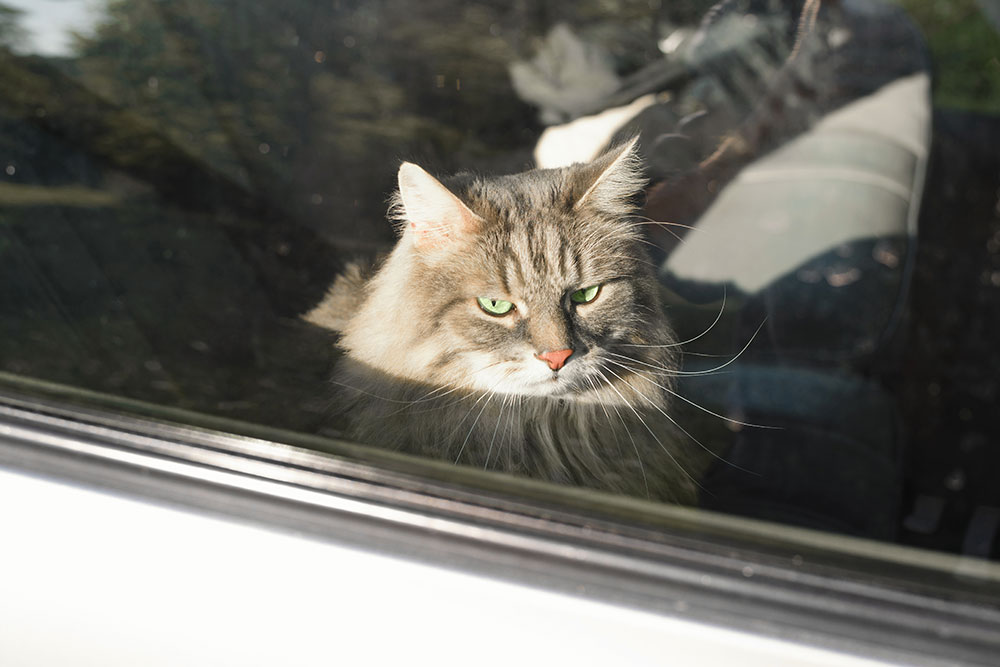
How Sixes Animal Hospital Can Help
At Sixes Animal Hospital, we’re more than just your veterinary clinic—we’re your year-round partner in pet wellness. During summer, we offer:
- Emergency treatment for heatstroke and dehydration
- Post-heatstroke monitoring, including bloodwork and organ evaluation
- Seasonal wellness exams to assess fitness and heat tolerance
- Weight loss and hydration support
- Custom plans for brachycephalic or senior pets
- Contact us to schedule an appointment
Enjoy Summer in Georgia—Safely
With a little planning, summer can be a season of joy for you and your pet. From early walks and frozen Kongs to shade breaks and water games, there are countless ways to enjoy the sunshine responsibly.
If you’re unsure whether your pet is ready for the heat, let’s talk. We’re here to help you make informed, safe decisions—so that every walk, splash, and sunny nap is a happy one.

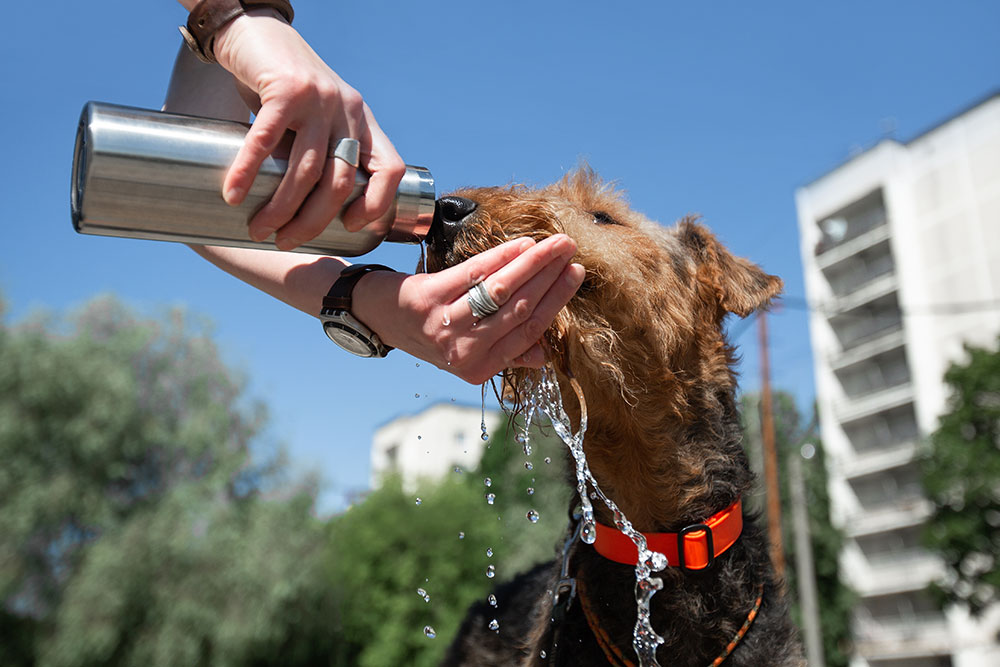
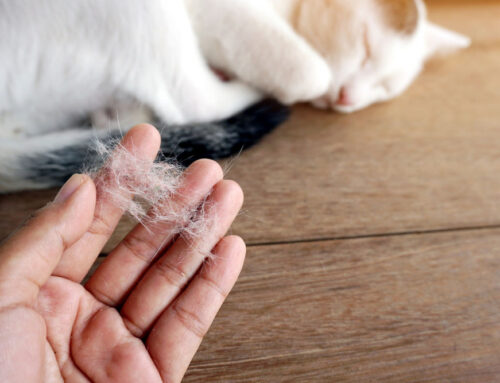
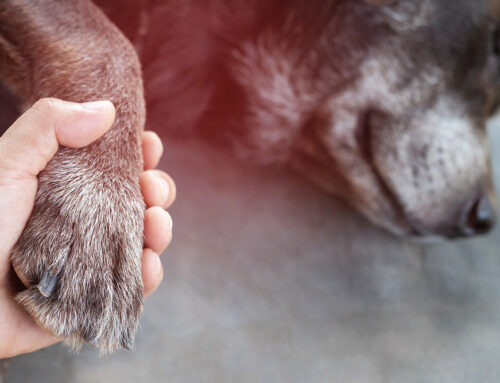
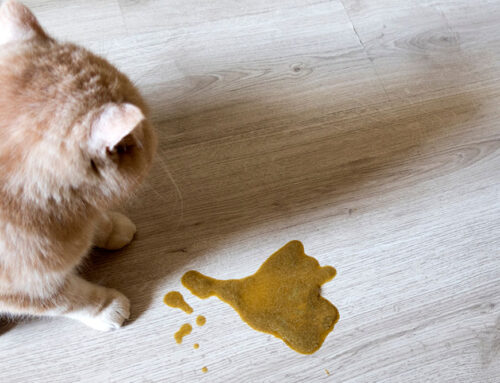
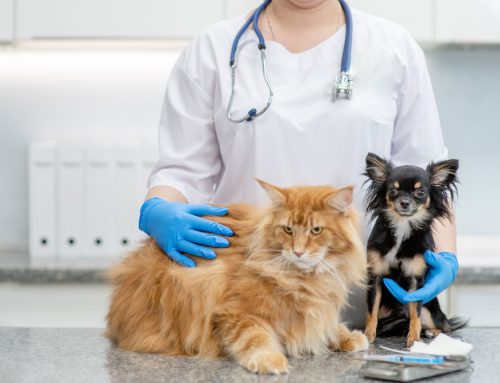
Leave A Comment